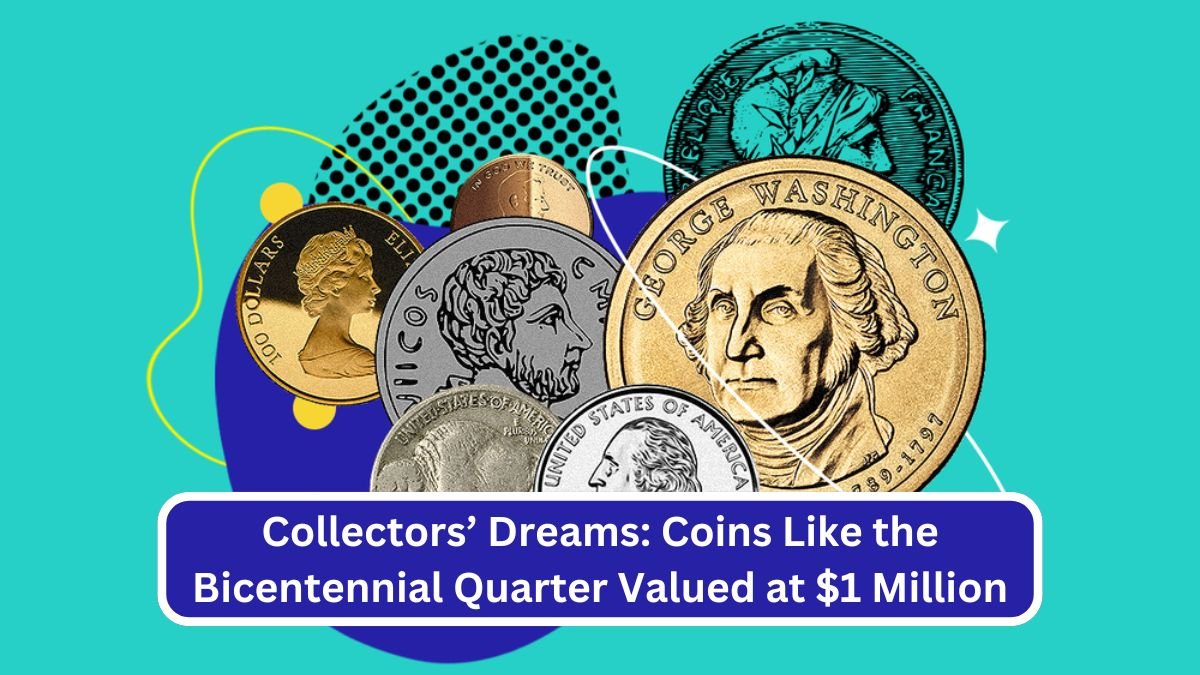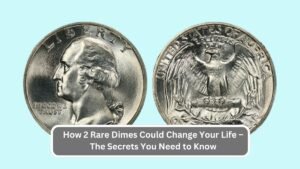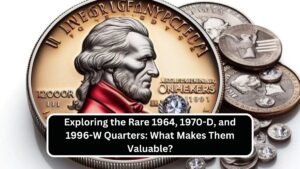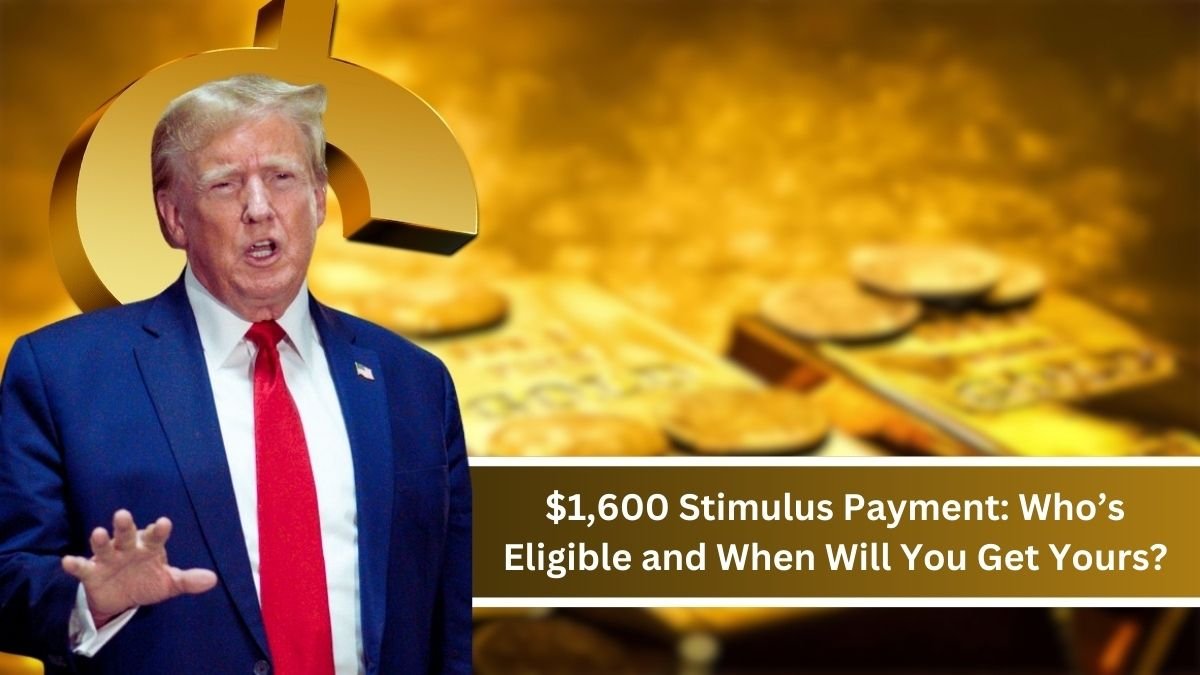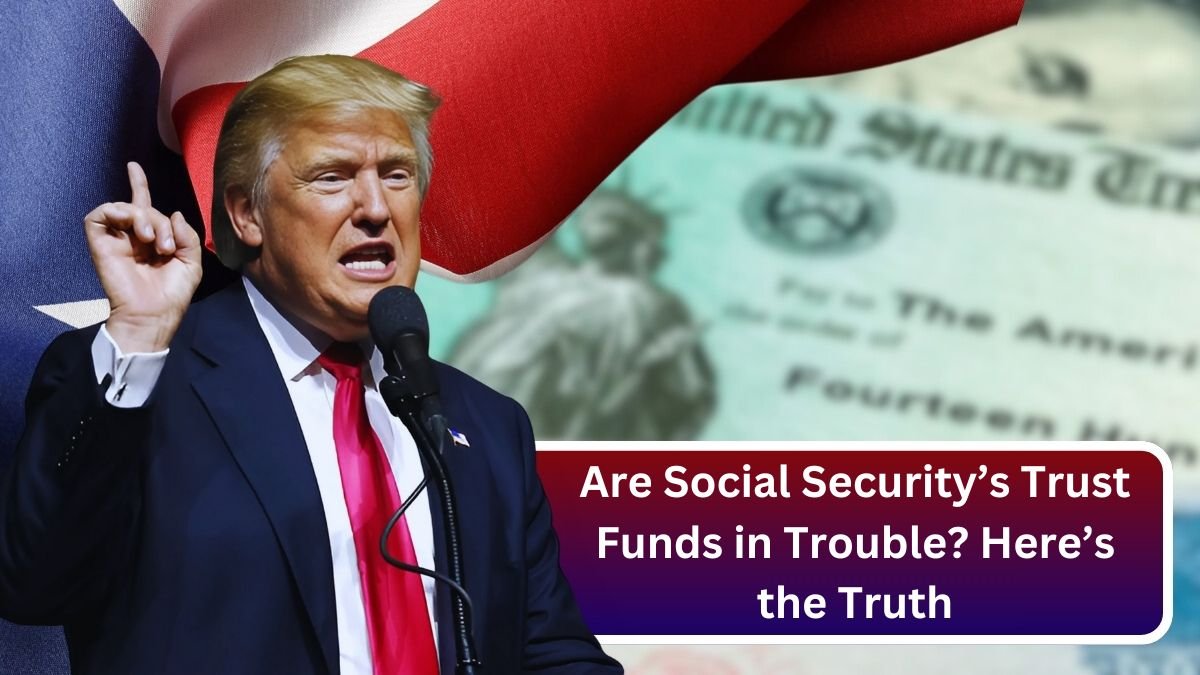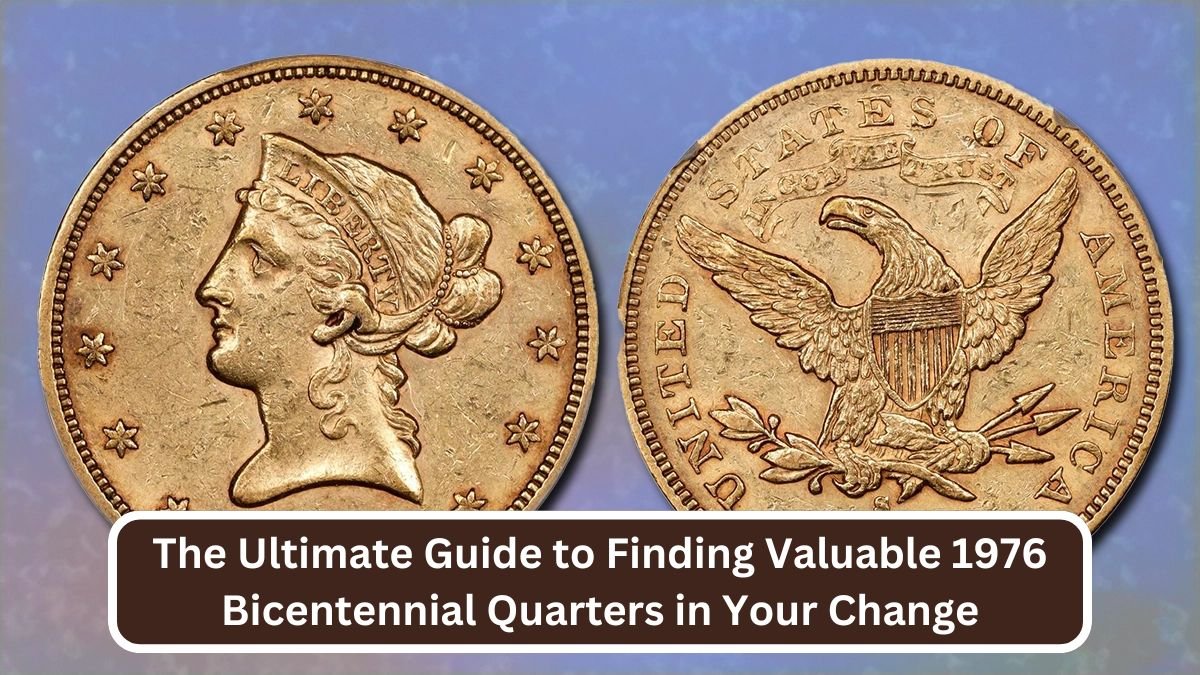Some coins in your collection could be worth a fortune! Rare coins like the Bicentennial Quarter have captured the attention of collectors and investors alike, with one recently valued at nearly $1 million. In this article, we’ll explore the Bicentennial Quarter’s incredible worth and six other coins worth over $25,000.
What Makes the Bicentennial Quarter Special?
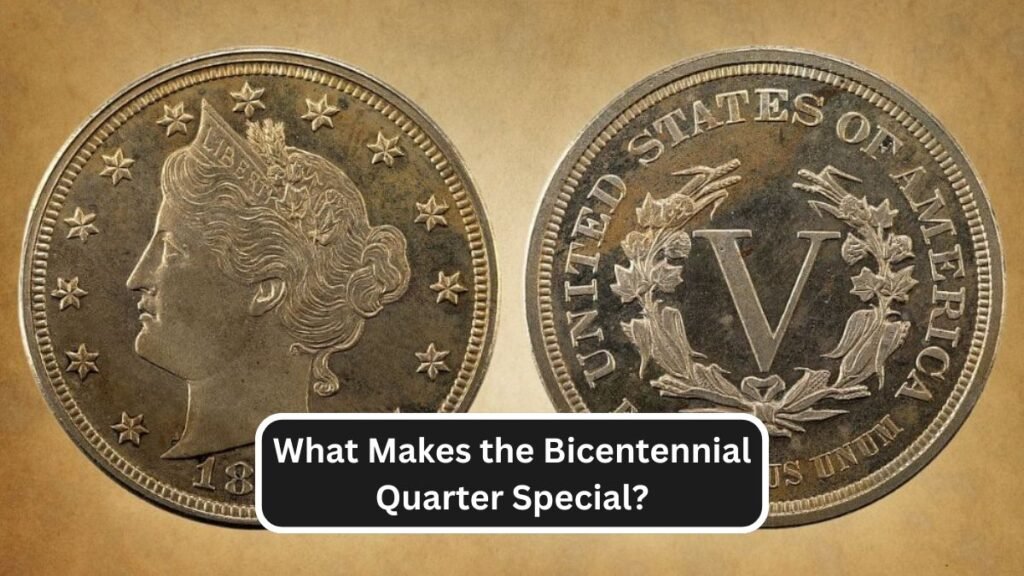
The Bicentennial Quarter, minted in 1976, was created to celebrate the 200th anniversary of American independence. These quarters feature a unique design with a dual date (1776-1976) and a drummer boy on the reverse side. Most were made for everyday use, but rare errors or special features can make these coins extremely valuable.
Why Is It Worth $1 Million?
- Minting Errors: Coins with mistakes, like double strikes or off-center images, are rare and highly sought after.
- Proof Coins: Specially minted coins for collectors can fetch high prices, especially in flawless condition.
- Unique Features: Certain quarters might have unique qualities, like incorrect materials or design anomalies, that drive their value up.
Other Rare Coins Worth Over $25,000
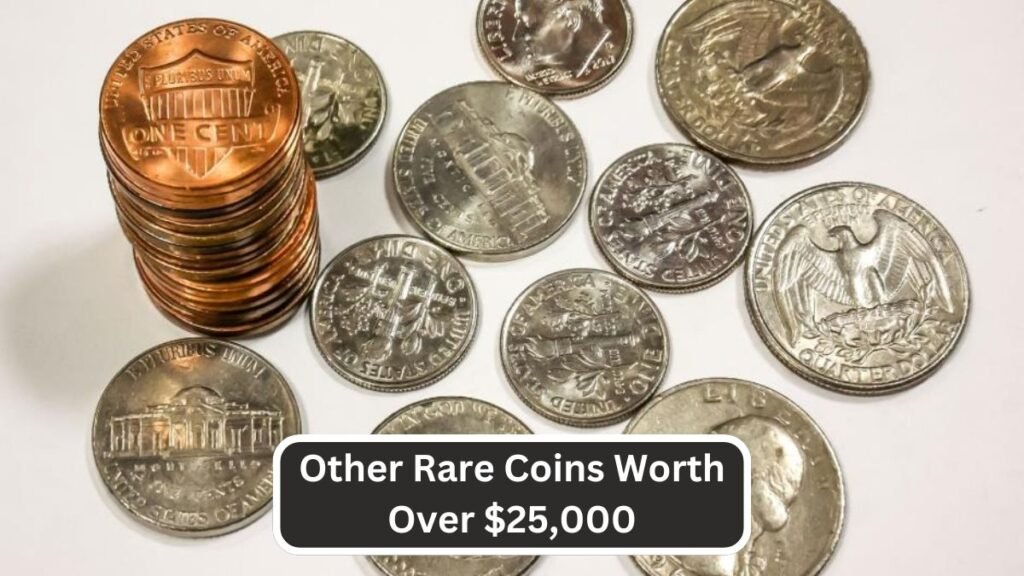
Rare coins aren’t limited to just the Bicentennial Quarter. Here are six more coins that could fetch significant amounts:
1. 1943 Copper Penny
- Value: Over $1 million
- Why It’s Valuable: Most pennies during WWII were made of steel to save copper for the war effort. A few were mistakenly struck in copper, making them extremely rare.
2. 1933 Saint-Gaudens Double Eagle
- Value: Over $7 million
- Why It’s Valuable: This gold coin is one of the rarest, as most were ordered to be melted down during the Great Depression.
3. 1913 Liberty Head Nickel
- Value: Over $4 million
- Why It’s Valuable: Only five of these coins were ever minted, making them a collector’s dream.
4. 1955 Double Die Lincoln Penny
- Value: Over $100,000
- Why It’s Valuable: A minting error caused the doubling of letters and numbers, creating a unique and valuable coin.
5. 1794 Flowing Hair Dollar
- Value: Up to $10 million
- Why It’s Valuable: Known as one of the first U.S. silver dollars, its historical significance adds to its high price.
6. 1916-D Mercury Dime
- Value: Over $300,000
- Why It’s Valuable: Low mintage and demand from collectors make this coin highly valuable.
| Coin Name | Year | Unique Features | Estimated Value | Reason for High Value |
|---|---|---|---|---|
| Bicentennial Quarter | 1976 | Dual date (1776-1976), drummer boy reverse design | Nearly $1 million | Rare errors, proof finishes, or pristine condition |
| 1943 Copper Penny | 1943 | Made of copper instead of steel | Over $1 million | Extremely rare; most pennies in 1943 were steel |
| 1933 Saint-Gaudens Double Eagle | 1933 | Iconic gold design, never circulated | Over $7 million | Legal issues and extreme rarity |
| 1913 Liberty Head Nickel | 1913 | Only five known to exist | Over $4 million | Scarcity and unique historical appeal |
| 1955 Double Die Lincoln Penny | 1955 | Visible double image of letters and numbers | Over $100,000 | Striking error makes it a collector favorite |
| 1794 Flowing Hair Dollar | 1794 | First silver dollar minted in the U.S. | Up to $10 million | Historical significance and early American design |
| 1916-D Mercury Dime | 1916 | Small “D” mintmark on reverse, low mintage | Over $300,000 | Rare, especially in uncirculated condition |
How to Identify Valuable Coins
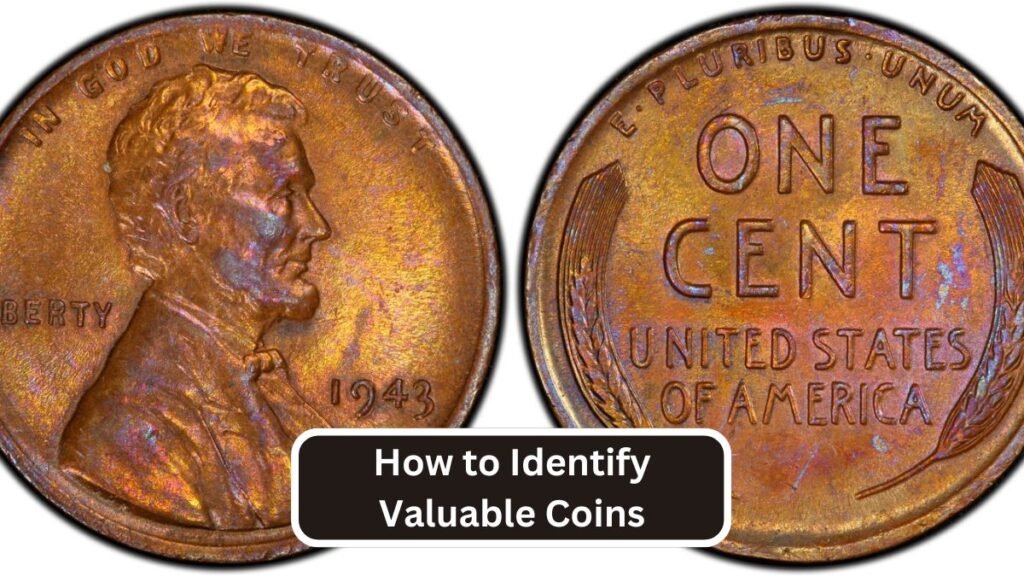
If you think you might have a rare coin, here’s what to look for:
- Mint Marks: Check for small letters (like “D” or “S”) indicating where the coin was minted. Some locations are rarer than others.
- Condition: Coins in mint or near-mint condition are worth more.
- Errors: Look for mistakes like double strikes, off-center designs, or wrong materials.
- Date and Design: Coins with unique dates or special designs are often worth more.
Why Rare Coins Are Highly Collectible
Rare coins combine history, artistry, and value. Collectors and investors alike prize these coins for their rarity and the stories they tell. While some coins are valuable due to minting errors, others gain worth from their limited production or historical importance.
If you’re lucky enough to own one of these treasures, it could be worth a small fortune. Rare coins are not just pieces of metal—they’re part of history and a potential investment.
FAQs
What is the Bicentennial Quarter, and why is it special?
The Bicentennial Quarter was minted in 1976 to celebrate America’s 200th anniversary of independence. Its unique design, featuring a dual date (1776-1976) and a drummer boy on the reverse side, makes it stand out. Rare versions, like those with errors or proof finishes, can be extremely valuable.
How much is the rare Bicentennial Quarter worth?
A rare Bicentennial Quarter recently fetched nearly $1 million at auction. Its value depends on factors like minting errors, condition, and rarity.
What are minting errors, and why do they increase a coin’s value?
Minting errors are mistakes made during the production of coins, such as double strikes, off-center images, or incorrect materials. These errors make the coins unique and highly sought after by collectors.
What other coins are worth $25,000 or more?
Here are six other valuable coins:
1943 Copper Penny – Worth over $1 million
1933 Saint-Gaudens Double Eagle – Worth over $7 million
1913 Liberty Head Nickel – Worth over $4 million
1955 Double Die Lincoln Penny – Worth over $100,000
1794 Flowing Hair Dollar – Worth up to $10 million
1916-D Mercury Dime – Worth over $300,000
How can I identify if my coins are valuable?
To check if your coin is valuable, look for:
Mint Marks: Letters like “D” or “S” indicating the mint location.
Errors: Features like double strikes or off-center designs.
Condition: Coins in mint or near-mint condition are worth more.
Rare Dates/Designs: Unique dates or designs increase value.
The world of rare coins is fascinating, and finding a hidden gem in your collection could change your life. From the Bicentennial Quarter valued at nearly $1 million to the Flowing Hair Dollar worth up to $10 million, these coins are proof that everyday items can hold incredible value. Keep an eye on your spare change—it might just be worth more than you think!
